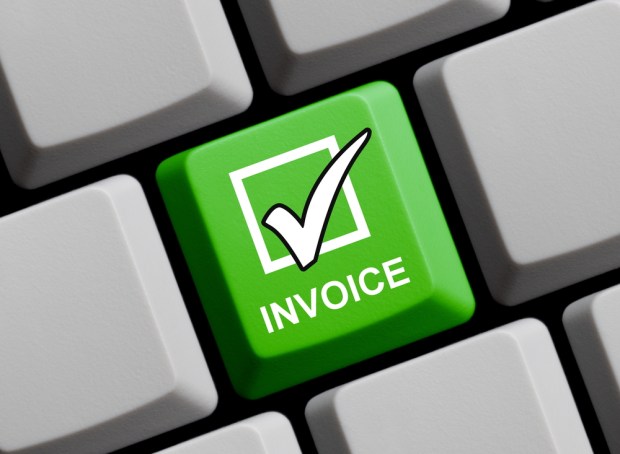Why Digitizing The Invoice Is Only The Beginning

The discussion on eInvoicing is changing. Sure, digital invoices aren’t the most riveting of topics — but don’t be fooled: they’re at the center of B2B FinTech innovation, critical to a company’s bottom line.
Jim Wetekamp, CEO of eProcurement solutions company BravoSolution, says the conversation is no longer so much about how to digitize the invoice — that’s old news by now, he told PYMNTS.
“I don’t think eInvoicing is a new phenomenon,” he said. “There are thousands of vendors providing software capabilities.” They all hit different parts of the enterprise, too, he continued, touching accounts receivable and accounts payable, some on local and regional scales, some on a global scale.
“I think there is a lot of awareness, but the strategy to eInvoicing is changing,” Wetekamp added.
That strategy today needs to keep in mind that a digital invoice journeys across multiple systems for both buyer and supplier. And at every single one of these points, the executive said, there are different stakeholders influencing the eInvoicing strategy.
“From a senior executive standpoint, for a CEO or CFO, it’s about the cost per invoice — why is it so high? Why can’t I see what’s happening? Why are there bottlenecks in the overall accounts payable process?” he said. In accounts payable, there are questions about how, for instance, late payments may impact a company’s credit ratings. If processing of that invoice goes awry, the payment will become tangled, leading AP professionals to spend valuable time on the phone with suppliers in an effort to resolve the issue.
For suppliers, the challenges — and the number of people with stakes in the process — are similarly high, with similar impacts on overall cash flow, he said.
“There are all of these different folks sitting around the table analyzing the issue from a different angle, all around the same core issue of how the invoice-to-payment process is operating,” Wetekamp said. That can muddle the path of an eInvoicing strategy on both ends of the transaction.
One of the most prominent conversations at the table is eInvoicing compliance. Wetekamp said that can mean an array of things and be looked at from a few different standpoints. For instance, there’s the business compliance issue, in which both buyer and supplier must insure that the eInvoice was sent out with accurate information, matched against the correct purchase order, for the right price.
From a technical standpoint, this information must be sent and received in the correct way from and to business systems in order for the appropriate local and national government and tax regulators.
Compliance verification must occur on both sides of the transaction, and consequences of not doing so can range from payments mistakes to penalties from the regulators. But, Wetekamp said, adding compliance into the already complicated process of procure-to-pay and invoice management across buyer and supplier can be a headache.
Add cross-border trade in the mix and, if left unchecked, it’s a recipe for compliance disaster.
“Each of your different geographic markets or countries have their own individual requirements about how to enforce what are, in some cases, regional regulations, down to individual location regulations,” he explained. “The more global your supply base gets, and the more global your operations get, the more important it is.”
Sometimes, regulations vary across jurisdictions on matters as seemingly straightforward as what constitutes an eInvoice at all. How information is presented, how long it’s stored in a company’s records for and other factors all change based on the market. Companies need to understand not only how these regulations change across location, but how they evolve over time, too.
BravoSolution’s answer to this is to partner with TrustWeaver, an invoice compliance company that takes care of staying on top of invoice regulations for businesses. For Wetekamp, understanding the importance of eInvoice compliance is part of a broader examination of the role of eInvoicing in the B2B trade process as a whole. And as invoices go digital at a steady pace, he said the conversation is changing toward how these electronic documents integrate into broader functions.
“The eInvoice process today is less based on converting paper and more on a network-based document exchange that I think is becoming more pervasive than it used to be,” he said. “I don’t think it’s ubiquitous — it’s a lot of onboarding for both suppliers and buyers onto a more integrated ecosystem for invoicing and payment. But that’s the trend, and it’s going to further reduce costs, increase data quality, improve efficiency and give you confidence in compliance.”
